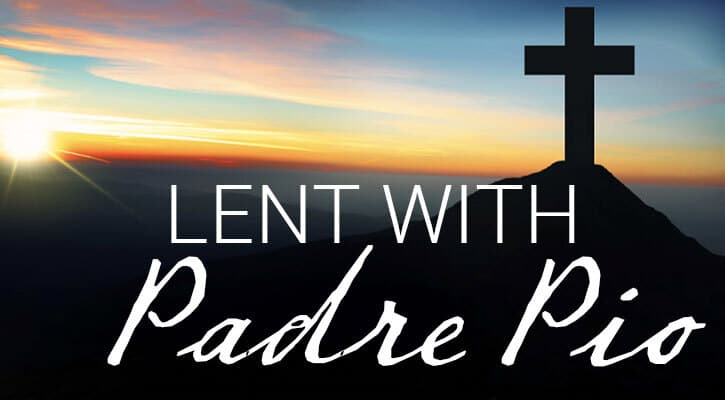I once heard a priest refer to everyone he met as a “saint.” At first it struck me as odd, but once I thought about it, I realized he was right. At the least, such a greeting can inspire us to live up to the challenge of being saints.
On November 1, Catholics celebrated All Saints Day, a day to honor all of the Church’s saints—both known and unknown. In other words, we honor all of those people we formally know as saints and those people we meet every day who are living exemplary Christian lives. The following day, the Church celebrates All Souls Day, a remembrance of all the faithful departed.
The Essential Catholic Handbook: A Summary of Beliefs, Practices and Prayers, by John O’Connor, defines a saint this way: “In the wide sense, any person known for Christian holiness; in the strict sense, a person who has manifested heroic devotion during his or her life and who is officially honored by the Church as one who has attained heavenly glory and as one through whom God freely chooses to exhibit exceptional generosity.”
Becoming a Saint
The Catholic Church has been formally recognizing saints since the second century. At that time, individuals became saints based more on popular demand than any sort of formal process. Because of this, the list of saints grew quickly.
Reforms instituted at Vatican II pared down the list of saints celebrated worldwide in the liturgy. The “saint-making” process, overseen by the Congregation for the Causes of Saints, has also been revised.
There are three steps necessary for a person to become a saint. First, the person must be named Venerable, which means he or she exhibited heroic virtues in life. Before moving on to beatification, the person must have a miracle attributed to him or her. Once such a miracle is confirmed, the person is known as Blessed. For the final step before canonization, the individual must have yet another miracle attributed to his or her intercession—unless he or she was a martyr for the faith. Only then is a person canonized and added to the list of saints.
Often people will say Catholics worship saints. Actually, it’s more of a “looking up to” them as examples of how we should live. Paintings or statues of these saints serve as visual reminders for us to emulate the saints in our own lives. We pray to saints for their intercession, which is like asking a friend of God to ask God for a favor.
Celebrating the Saints
Saints play an important role in our Catholic faith. Here are some ways your family can recognize the Church’s saints and those saints in your own lives: Pick a family saint. Find a saint whose life resonates with your family. Read about the saint’s life, pray through him or her and celebrate your saint’s feast day.
Want to know which saint’s feast day is today, tomorrow or yesterday? Check out Saint of the Day, an online collection of saints for every day of the year. You can search the database by name, date or patron. Catholic Online also offers a lot of information on saints. Celebrate your role in the Church’s communion of saints. Pray for friends and family—both alive and dead—and learn from their lives. These everyday saints can teach us as much about holiness as those saints who are formally recognized by the Church.
Remember, though, that just because someone has been declared a saint doesn’t mean he or she didn’t have struggles. Many holy people—including saints—have wrestled with temptations ranging from anger to prejudice to substance abuse. In fact, St. Bernadette once said of the saints, “Don’t tell me their virtues; tell me their weaknesses and how they overcame them!”
Many parishes have books where you can place the names of loved ones who have died for remembrance in prayer. Enter the names of your family’s deceased relatives or friends. The invitation to do this is often extended in November.
When your family is gathered together, recite and reflect on this prayer for holy men and women: “O God, you renew the Church in every age by raising up men and women outstanding in holiness, living witnesses of your unchanging love. They inspire us by their heroic lives, and help us by their constant prayers to be the living sign of your saving power.”
For Teens: Remembering the ‘Everyday’ Saints
All Saints Day (November 1) and All Souls Day (November 2) are two excellent opportunities to celebrate the lives of those “everyday” saints in your life, such as grandparents, aunts, uncles, friends, etc. Pull out family photo albums and videos. Invite your family to reminisce and share stories about the lives of those close to you who have passed away. Or visit the cemetery where your loved ones are buried. Take a moment to pray and remember the person’s life and what he or she meant to you.
People in Mexico do this by celebrating the Day of the Dead on November 1 and 2. The Mexican people celebrate the lives of their deceased relatives and the gift of life. The day is marked by visits to the graves of relatives where families decorate the graves, enjoy picnic lunches and tell stories about their deceased loved ones.
For Kids: Who’s Your Saint?
Are you named after a saint? Did you ever wonder who is the patron saint of zoos and why? (It’s St. Francis.) Do you want to know more about St. Patrick because your ancestors were Irish?
Every saint has an interesting story. There are lots of books available about the lives of saints. Check out a book about a particular saint or about saints in general at your local library or bookstore.








